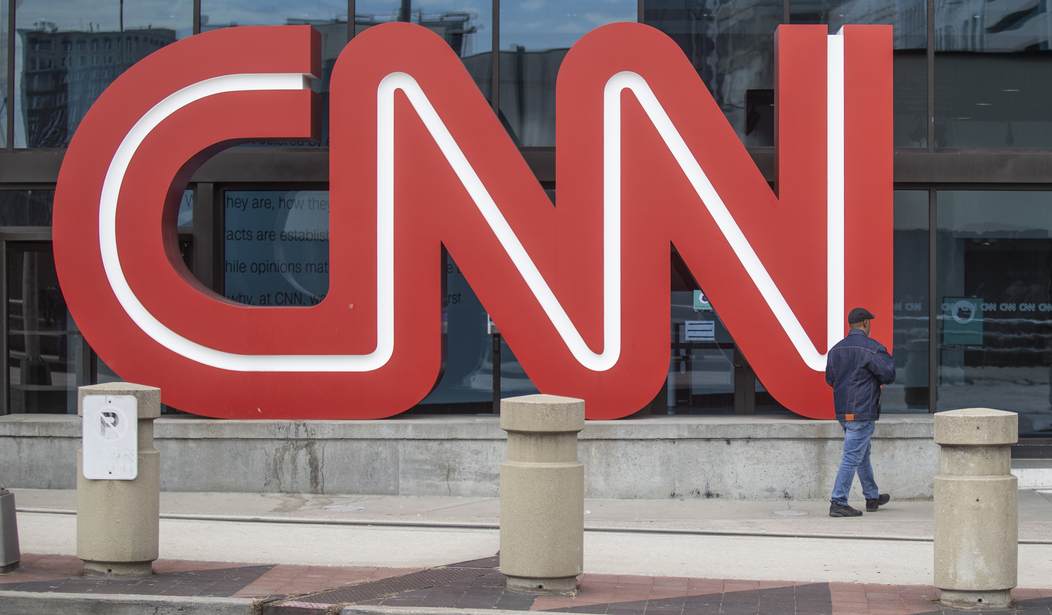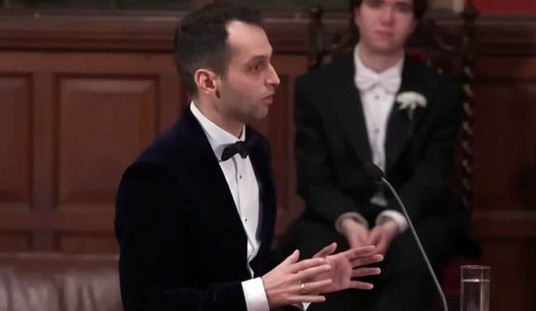I feel like if you polled a thousand people and asked them if they’re willing to pay for extra CNN content, literally one person might say yes. And that person would turn out to be a CNN executive.
In due time, the business model for this platform will come to be seen as only slightly more plausible than that of MoviePass.
Hats off to Charles Gasparino of Fox Business, though, who was on top of these rumors two weeks ago, just a day after the platform launched. Today Axios is confirming that CNN+ has already begun to sink and the crew is preparing to bail water to try to keep it afloat.
The news giant was initially planning to invest around $1 billion in the service over the next four years.
Hundreds of millions of dollars are expected to be cut from that original investment total.
To date, around $300 million has been spent on the subscription service, which includes a sizable marketing investment…
CNN executives, with help from consulting firm McKinsey, originally expected to bring in around 2 million subscribers in the U.S. in the service’s first year and 15-18 million after four years.
I have to give them credit. I thought they’d be forced to announce major cuts after a week on the air instead of two.
Now, help me with the math. CNN, a network whose most popular show pulls in around one million viewers a night, was going to convince two million people to pay for supplemental programming — and 15 million people to do so within four years?
To put that in perspective, per Charles Cooke, NFL Sunday Ticket has two million subscribers. Granted, Sunday Ticket costs much, much more than a CNN+ subscription does, but the NFL fan base is much, much, much larger and more enthusiastic than CNN’s. And still: “Only” two million subscribe. So where did CNN get its target numbers from?
Care to guess how many viewers per day CNN+ is actually averaging lately? According to sources who spoke to CNBC, it’s … just 10,000.
CNN+ doesn’t even carry CNN’s own content, a fact which Stephen Colbert recently had fun with when he interviewed Anderson Cooper:
If you’re a cord-cutter who was thinking of subscribing in hopes that you’d be able to stream CNN’s cable broadcast during breaking news events, you’re out of luck. But good news: You’ll get Anderson Cooper’s book club or whatever for your money instead.
One reason CNN+ is being give a short leash is because its parent company, the newly merged Warner Bros. Discovery, is drowning in debt. WBD is reportedly carrying $58 billion in liabilities (Netflix carries $16 billion by comparison) and will likely need a decade or more to pay that off, assuming costs don’t continue to rise. If CNN+ looks like a sure loser, and it does, WBD is in no position to pour money down the sinkhole in hopes that it’ll catch on in due time.
But another reason it’s on a short leash is because … no can seems to know what it’s supposed to do. It’s a platform without a purpose. Josef Adalian recently compared it to the short-lived Quibi and proposed a shrewd pivot it should consider making:
Problem is, as with Quibi, I don’t know how much market demand there is for a CNN aimed at either superfans of the original service or cordcutters willing to settle for what is very much CNN Lite. Unlike Fox News, CNN shows and anchors do not (thankfully) attract a cultlike following, even if several of them no doubt have very loyal fan bases. (Where’s my Wolf Pack at?) Anderson Cooper is a respected journalist and, as evidenced by his annual New Year’s Eve celebration of chaos, he’s also an engaging personality. But I don’t know if having him sit in his office talking to a mindfulness coach via Zoom (this really happened on CNN+ Tuesday) is the sort of stuff that makes consumers smash that subscribe button — at least not if a monthly fee is involved…
A seeming no-brainer to me would be for CNN+ to resurrect the playbook of the original CNN2 — what quickly became known as CNN Headline News. Until 2001, Headline News was basically news radio for TV: all the latest news, weather, and sports condensed into a half-hour report, updated regularly. A very similar format is a staple on the streaming platforms of U.K. news stalwarts BBC and Sky TV, and I think it would work just as well in the States. No doubt there are CNN execs who would argue the format is dated, and that headline news updates are now better supplied by Twitter or other social-media networks. I would argue that’s not the case at all: News via social media has become a self-curated collection of story snippets, angry arguments, and, increasingly, disinformation.
It does seem like a no-brainer. CNN’s biggest asset is its reputation for hard news coverage during major events, especially events abroad. Its ratings reliably soar whenever casual news consumers have their attention grabbed by something, which is why the network drew big audiences during the aftermath of the 2020 election. If you don’t watch much news regularly but you’ve taken a sudden interest in a story, CNN is where you’re apt to turn. Adalian’s idea, promising hard news, would capitalize on that by giving cord-cutters a reason to sign up. And the network wouldn’t need to pay megabucks to celebrity anchors like Chris Wallace to host.
I’ll leave you with this recent clip, which came from CNN but features one of CNN+’s most prominent hosts.
Amazing to watch. Enthusiastic to suspicious in a matter of seconds.
STELTER: Your work is awesome
KALLA: Thanks and it's not just about Fox News
STELTER: Whoa hold on there
https://t.co/pM6Q90yYBo pic.twitter.com/pJASP79wpv— Caleb Howe (@CalebHowe) April 10, 2022









Join the conversation as a VIP Member